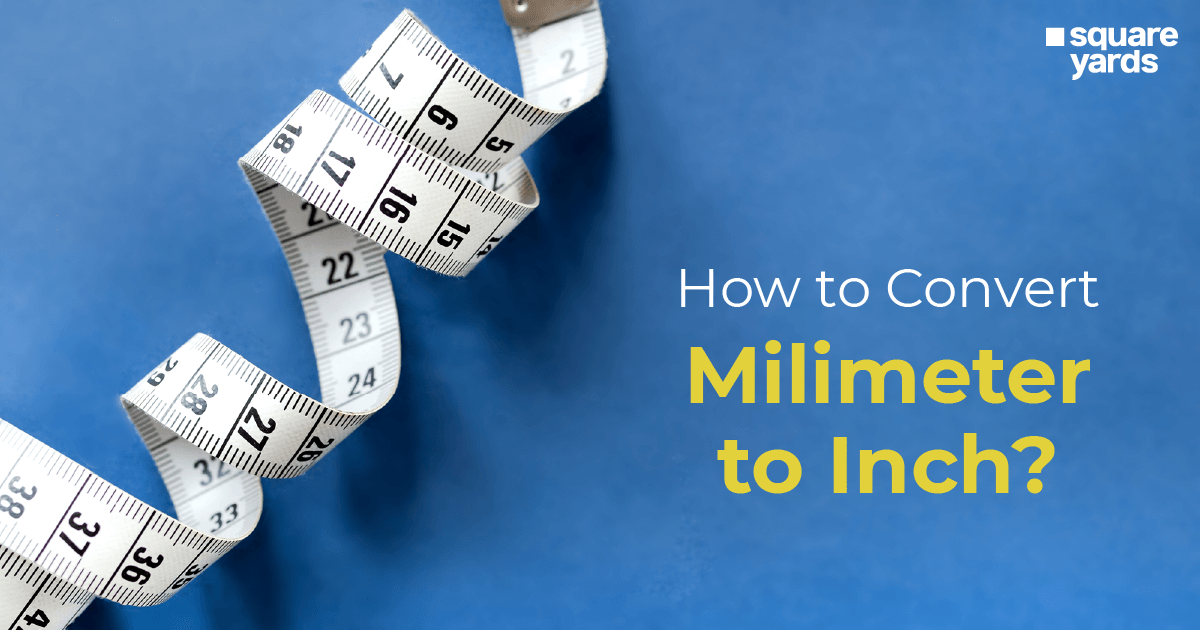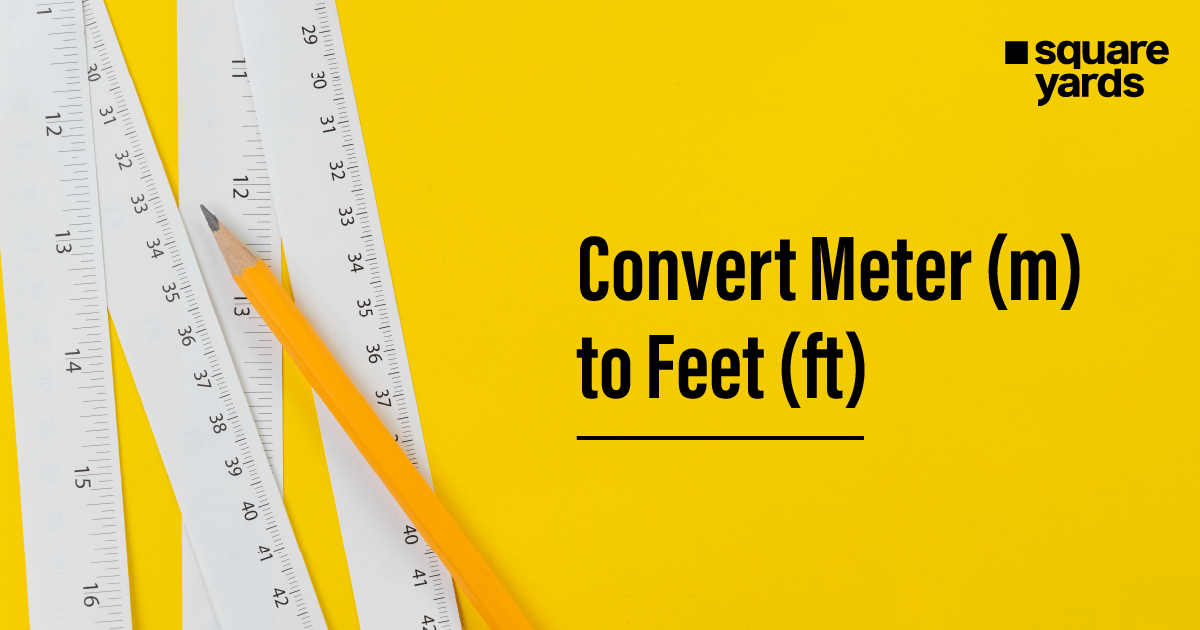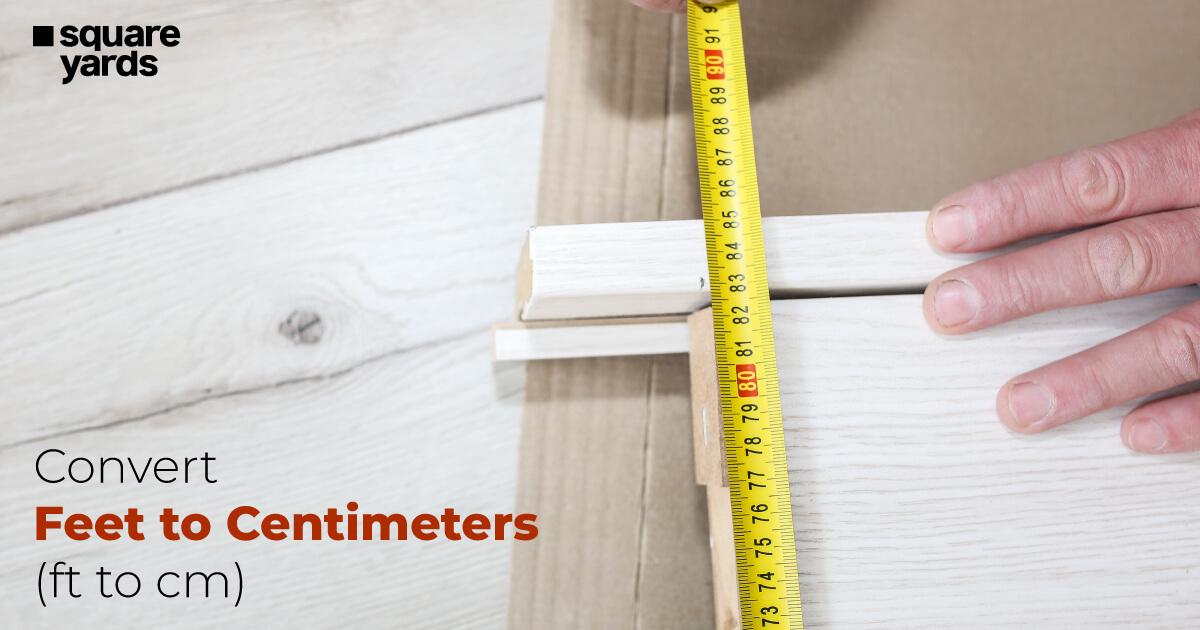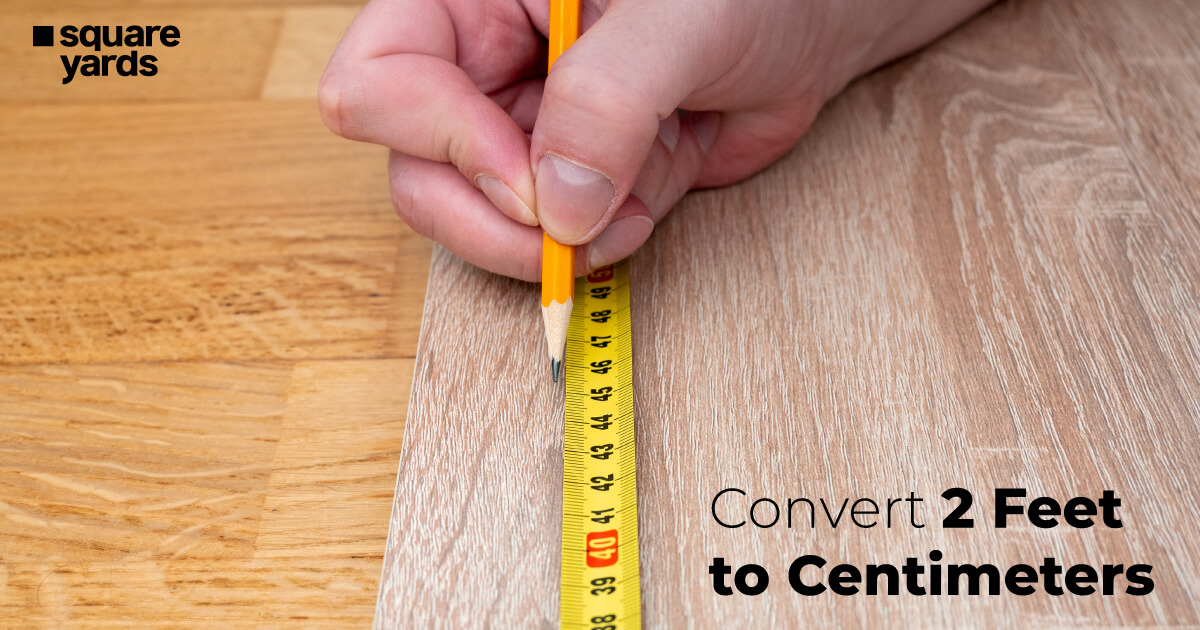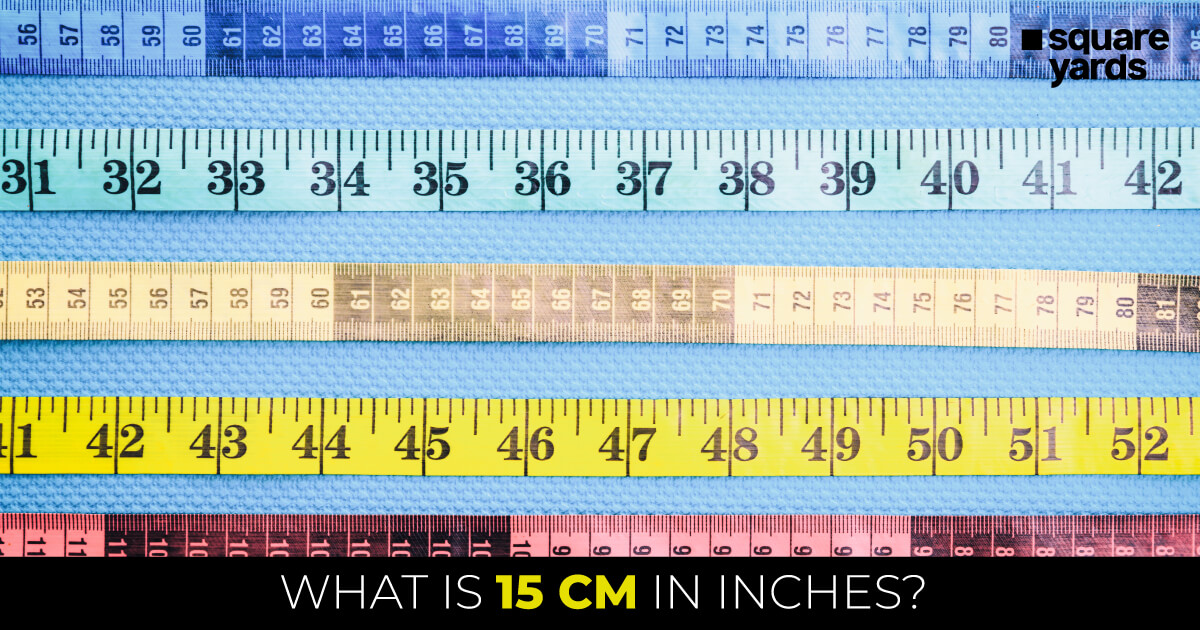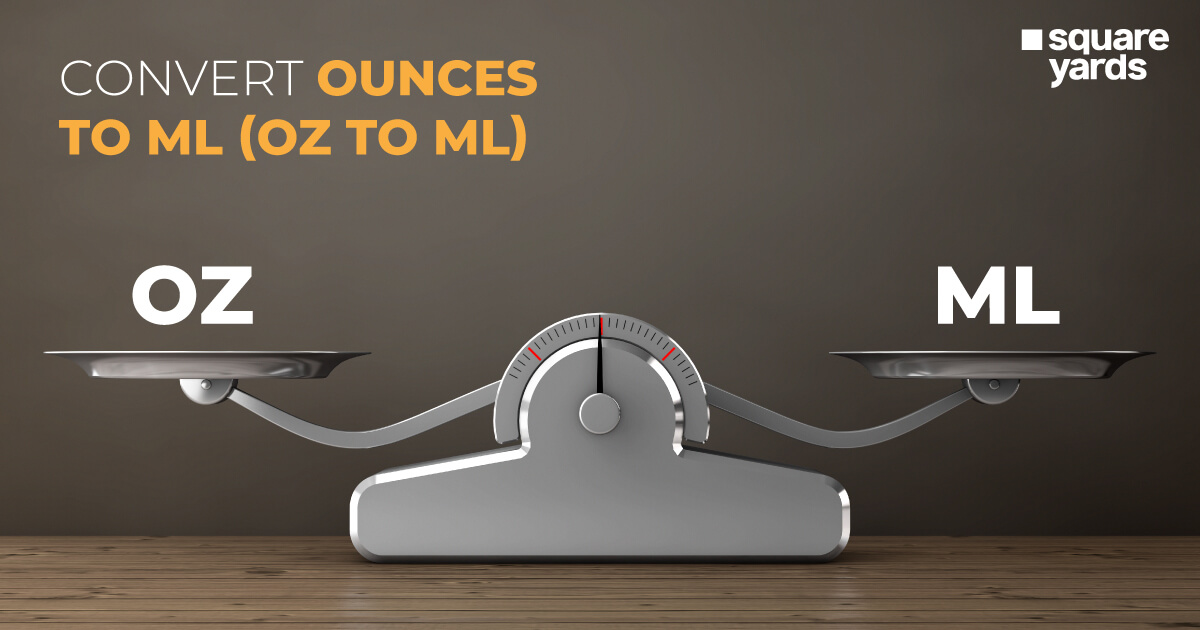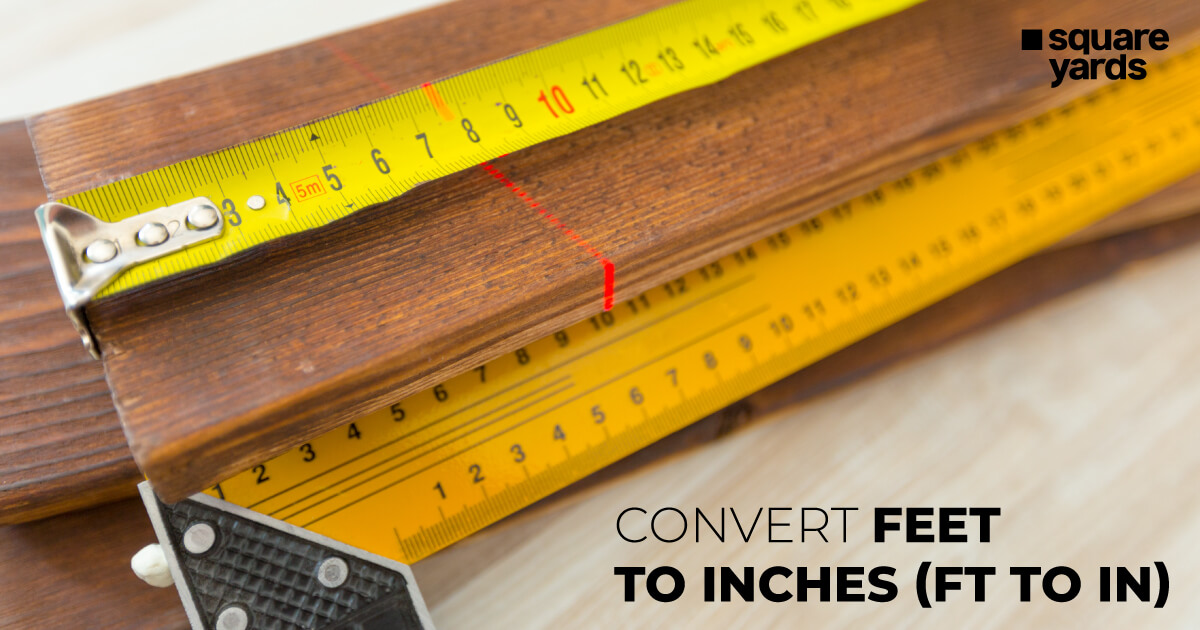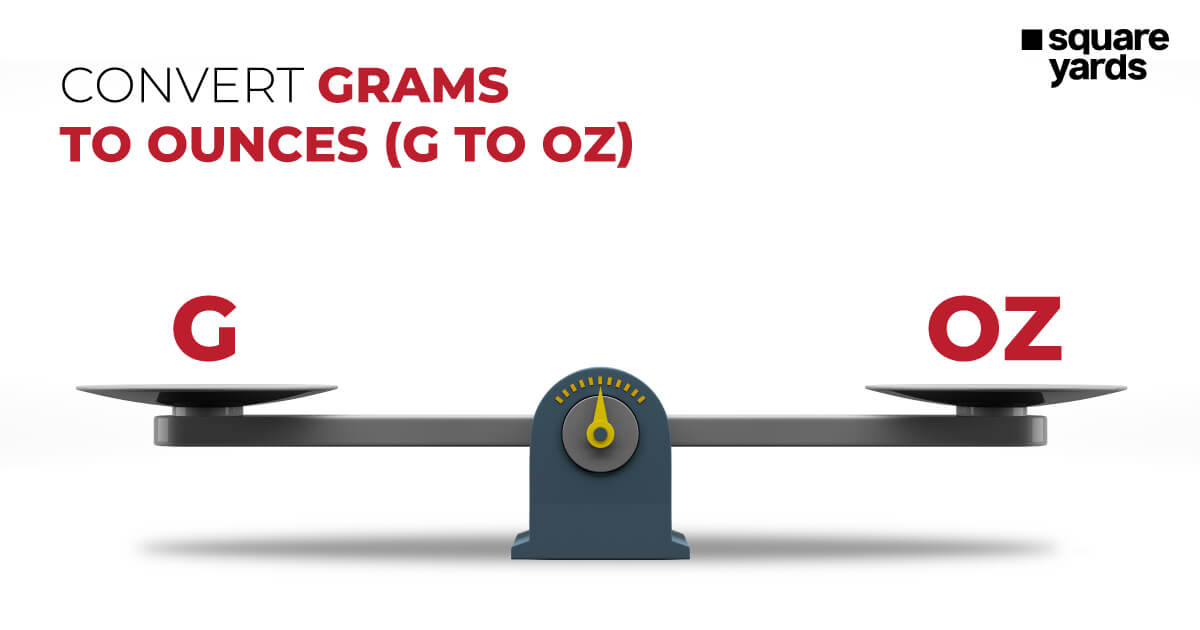How To Convert From Cm To Inches?
The conversion of centimetres to inches is frequently used in science, fashion and art. The conversion from cm to inches is very simple. The conversion is simple and based on the unitary method. To convert in inches, multiply the centimetre by 0.39. Centimetre falls under the metric system and inches falls under the imperial system.
Cm To Inches Formula & Examples
One centimetre is 0.393701 inches. Therefore, the formula to convert from centimetres to inches is
Inches= Centimetres*0.39
Example 1– Convert 5 cm to inches
By applying the above-mentioned formula,
= 5*0.39
= 1.95 inches
Example 2– Convert 10 cm to inches
By applying the above-mentioned formula,
= 10*0.39
= 3.9 inches
Example 3– Convert 50 cm to inches
By applying the above-mentioned formula,
= 50*0.39
= 19.5 inches
Example 4– Convert 100 cm to inches
By applying the above-mentioned formula,
= 100*0.39
= 39 inches
Example 5– Convert 150cm to inches
By applying the above-mentioned formula,
= 150*0.39
= 58.5 inches
Example 6– Convert 200 cm to inches
By applying the above-mentioned formula,
= 200*0.39
= 78 inches
Example 7– Convert 1000 cm to inches
By applying the above-mentioned formula,
= 1000*0.39
= 390 inches
Relation Between Centimetres To Inches
Centimetre represents the metric system whereas inches represent the imperial system of measurement. Both cm and in are used to measure the length of objects. Some objects who are smaller in size, are measured on a centimetre scale. One inch is 2.54cm. Cm is used to measure rain in a rain gauge. Inches are used to measure electronic screens. They can be used interchangeably.
| 1 centimetre = 0.39 inches |
| 1 inch= 2.54 centimetres |
Centimetre to Inches Conversion Table
The following table shows the value of units converted from centimetres to inches.
| Centimetres to inches |
| 1 cm = 0.3937 in |
| 2 cm = 0.7874 in |
| 3 cm = 1.1811 in |
| 4 cm = 1.5748 in |
| 5 cm = 1.9685 in |
| 6 cm = 2.3622 in |
| 7 cm = 2.7559 in |
| 8 cm = 3.1496 in |
| 9 cm = 3.5433 in |
| 10 cm = 3.937 in |
| 11 cm = 4.3307 in |
| 12 cm = 4.7244 in |
| 13 cm = 5.1181 in |
| 14 cm = 5.5118 in |
| 15 cm = 5.9055 in |
| 16 cm = 6.2992 in |
| 17 cm = 6.6929 in |
| 18 cm = 7.0866 in |
| 19 cm = 7.4803 in |
| 20 cm = 7.874 in |
| 25 cm = 9.8425 in |
| 30 cm = 11.811 in |
| 35 cm = 13.7795 in |
| 40 cm = 15.748 in |
| 45 cm = 17.7165 in |
| 50 cm = 19.685 in |
| 55 cm = 21.6535 in |
| 60 cm = 23.622 in |
| 65 cm = 25.5906 in |
| 70 cm = 27.5591 in |
| 75 cm = 29.5276 in |
| 80 cm = 31.4961 in |
| 85 cm = 33.4646 in |
| 90 cm = 35.4331 in |
| 95 cm = 37.4016 in |
| 100 cm = 39.3701 in |
| 105 cm = 41.3386 in |
| 110 cm = 43.3071 in |
| 115 cm = 45.2756 in |
| 120 cm = 47.2441 in |
| 125 cm = 49.2126 in |
| 130 cm = 51.1811 in |
| 135 cm = 53.1496 in |
| 140 cm = 55.1181 in |
| 145 cm = 57.0866 in |
| 150 cm = 59.0551 in |
| 155 cm = 61.0236 in |
| 160 cm = 62.9921 in |
What is Centimetre(cm)?
Centimetre is used to measure length. It is used to measure small objects or the height of people. As different countries adopt different units of measurement, the centimetre comes under the metric system.
The metric system has a history going back to the French Revolution when there was massive confusion regarding paying taxes according to the length and weight of the commodity. Every custom stop had a different measurement system which was becoming an expensive affair for the traders. In 1795, the metric systems were derived from metres that had Latin prefixes. The International Bureau of Weights and Measures met in France where the Treaty of Metre was signed.
-
Current Use of centimetre
The use of centimetre is given below.
-
- Centimetre is used to measure capacitance in CGS systems.
- It is also used to denote distance on maps in place of kilometres for easy understanding.
- Centimetre is used to measure rain in a rain gauge.
- Centimetre is used to measure small objects like pencils, pens, toys etc.
What is an Inch(in)?
An inch is a unit of length under the imperial system of measurement. Inch is derived from the Latin word uncia which means one-twelft h. Inch is most commonly used with feet to measure the height of a person.
The history of an inch can be traced back to the British Imperial System. When barleycorn was used to measure lengths, one used to be one-third of an inch. The American customary system of measuring is derived from the United States. Inch became a standard system of measurement in New Zealand, Australia, the United Kingdom, the United States and Canada.
-
Current Use of Inch
The uses of the inch are given below.
-
- Inch is used along with feet to measure height. If you write 5’11”, it means a person is 5 feet and 11 inches tall.
- Inches are bigger units than millimetres and centimetres, therefore easy to measure small to medium-sized objects.
- Usually, electronic device companies use inches to measure the screen of a device.
Abbreviations Commonly Used To Represent Centimetres and Inches
When it comes to symbols and abbreviations, Centimetre is abbreviated as cm. There is no designated symbol for centimetres. Inch is shortened to in. It is represented by the symbol of ‘ “ ‘.
Difference Between Centimetres and Inches
Table showing the difference between centimetres and inches is given below.
| Basis | Centimetres | Inches |
| Measurement System | Metric System | Imperial System |
| Abbreviation | cm | in |
| Symbol | – | “ |
| Usage | To measure rain from the rain gauge.
To measure height To measure capacitance in the CGS system. |
Used with feet to measure height
To measure screen size of TVs, laptops, phones and LED screens. Used on road signs. |
Frequently Asked Question (FAQs)
How to calculate centimetre to Inch (cm in inches)?
There are 0.39 inches in one centimetre.
There are 2.54 centimetres in an inch.
The formula for converting centimetres to inches is- centimetres*0.39. How to calculate centimetre to Inch (cm in inches)?
How many Inches are there in 1 centimetre?
How many centimetres are there in 1 Inch?
What is the formula for converting centimetre to Inch?

